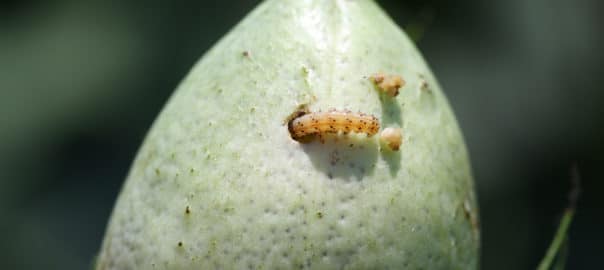It is uncertain how big our moth flight will be this year. As usual, bollworm moth catches have been generally low to this point. However, you can expect activity to slowly increase, with a peak in moth activity occurring the last week of July and the first week of August. With the decreasing efficacy of pyrethroid insecticides and increasing tolerance to some Bt toxins, you should plan on using Diamide-based insecticides for bollworm control. This means a minimum rate of Prevathon (14-16 oz/acre) or Besiege (7-8 oz/acre) on Bollgard 2, TwinLink, or the original WideStrike technologies. These insecticides have been the most effective and longest lasting treatments in my tests. Higher rates will provide longer residual control. A pyrethroid + acephate tank mix will probably NOT provide adequate control of bollworm infestations. You may get by with it under low pressure, but frankly, it bit me in the butt every time I recommended this combination in 2017 (requiring a follow up application). There is truth to the old adage that the most expensive insecticide application is the one that doesn’t work.
Although scouting is required. I do not expect that Bollgard 3, WideStrike 3, or TwinLink Plus will require treatment for caterpillars pests, including bollworm.
When to treat: The standard threshold is to treat any Bt cotton technology when 4% or more of plants are infesting with “surviving” bollworms (i.e., those that are developed beyond the tiny, freshly-hatched caterpillar stage). Alternatively, you can consider treatment when eggs are present on 20-30% of the plants. Being proactive is a no-brainer when 50% or more of the plants are infested with eggs. If treatment for plant bugs or stink bugs is also needed, I’d suggest mixing 0.75 lb of acephate. I know this gets expensive, but the acephate should also provide a little extra ‘kick’ on bollworm control.


